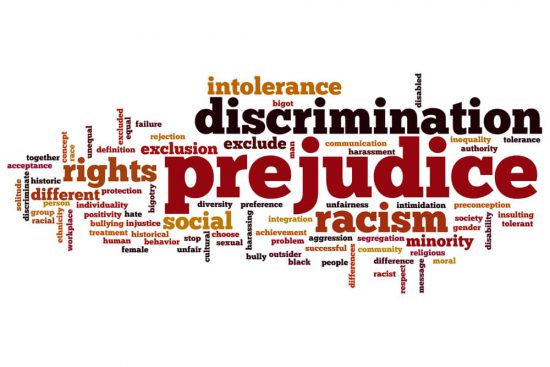Despite the Civil Rights Movement of the 1960s, the Feminist Movement, school desegregation, the nomination of a black president, and countless legislation aimed at protecting minorities and women in the workplace, school, and in the political process, social injustice runs rampant.
A consequence of social injustice is evident in statistics.
- The World Health Organization reports (11/2014) reported that 35% of women worldwide have experienced violence at the hands of an intimate partner or at the hands of a non-partner over the course of their lifetime. In addition, 30% of women who have been in a relationship report they’ve experienced some form of violence. And sadly, as many as 38% of murders committed against women globally are at the hands of a partner.
- In 2013, the Pew Research Center reported that 58% of blacks reported feeling discrimination in at least four community institutions (based on the following institutions–the police, the court system, the workplace, stores and restaurants, public schools, the health care system and elections). On the other hand, 49% of whites did not experience the same unfair treatment in any of the areas.
- The Wall Street Journal reported on religious bias in the workplace. According to their report, the EEOC (Equal Employment Opportunity Commission) received 3,811 religion-based complaints in fiscal 2012, the second-highest level ever and just below the record 4,151 in 2011.
Why do we continue to see social injustice manifesting as gender violence, homophobia, imbalanced due process in the judicial system, racial profiling, hate crimes, and antisemitism? Because beneath it all, we as human beings haven’t really changed? Our inherent value systems haven’t changed that much and we still use race, ethnicity, religion, and other biases to feel better about ourselves and to position ourselves in crumbling power structures.
To turn a blind eye, for lack of a better analogy, is to wait for a moving train. If you’ve never experienced social injustice, it’s only a matter of time. Social injustice is an attack on social justice and it affects all of us.
So how do we change those inherent value systems, the values we’re born and raised by, the unspoken values passed down from one generation to the next, the values that are culturally and historically entrenched?
One way is to empower our own children, to teach and guide them in a way that changes attitudes and their inherent value systems. We need to encourage our children to address social injustice with others.
The following are three ways children can be taught social injustice.
Through experience and discussion: In 1968, one day after the assassination of Dr. Martin Luther King, Jane Elliot, an Iowa schoolteacher decided to conduct an experiment to teach diversity, social injustice, and tolerance. In the experiment, she divided her third-grade class along lines of eye color. On day 1, blue eyes were superior; on day 2, it switched. Brown eyes were superior. Her experiment, better known as “A Class Divided,” has been reproduced in other schools and was made into a documentary for PBS.
